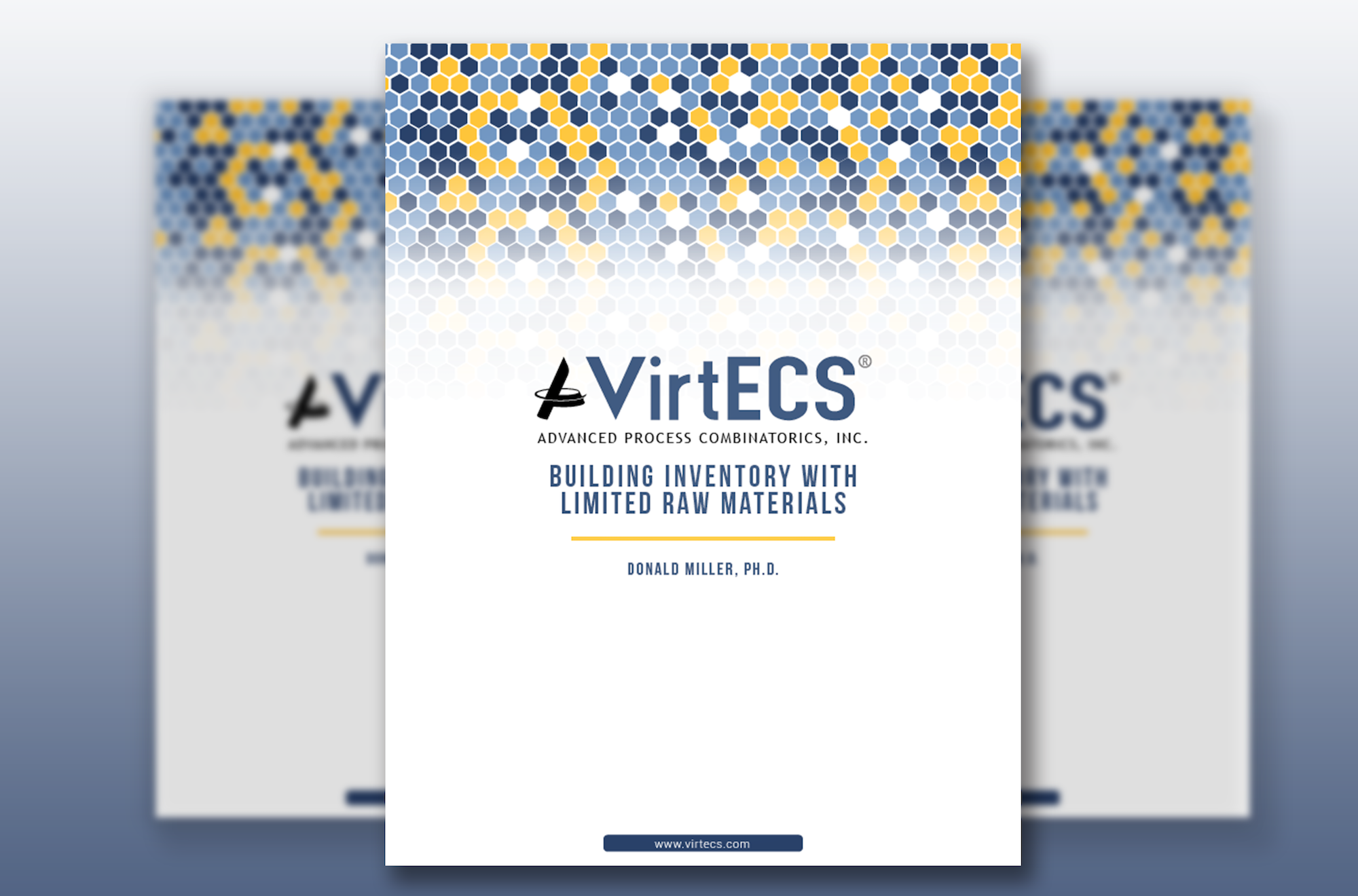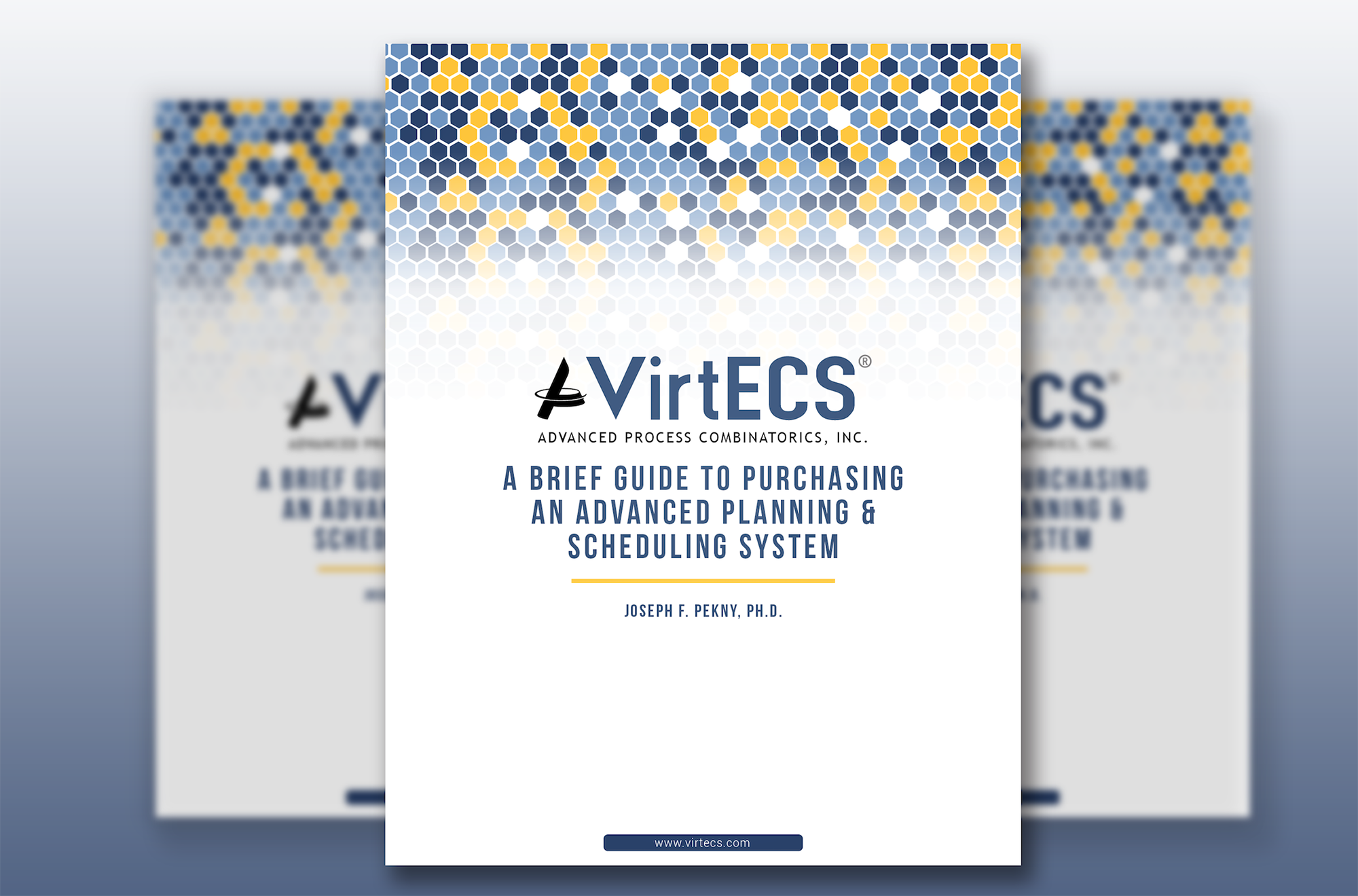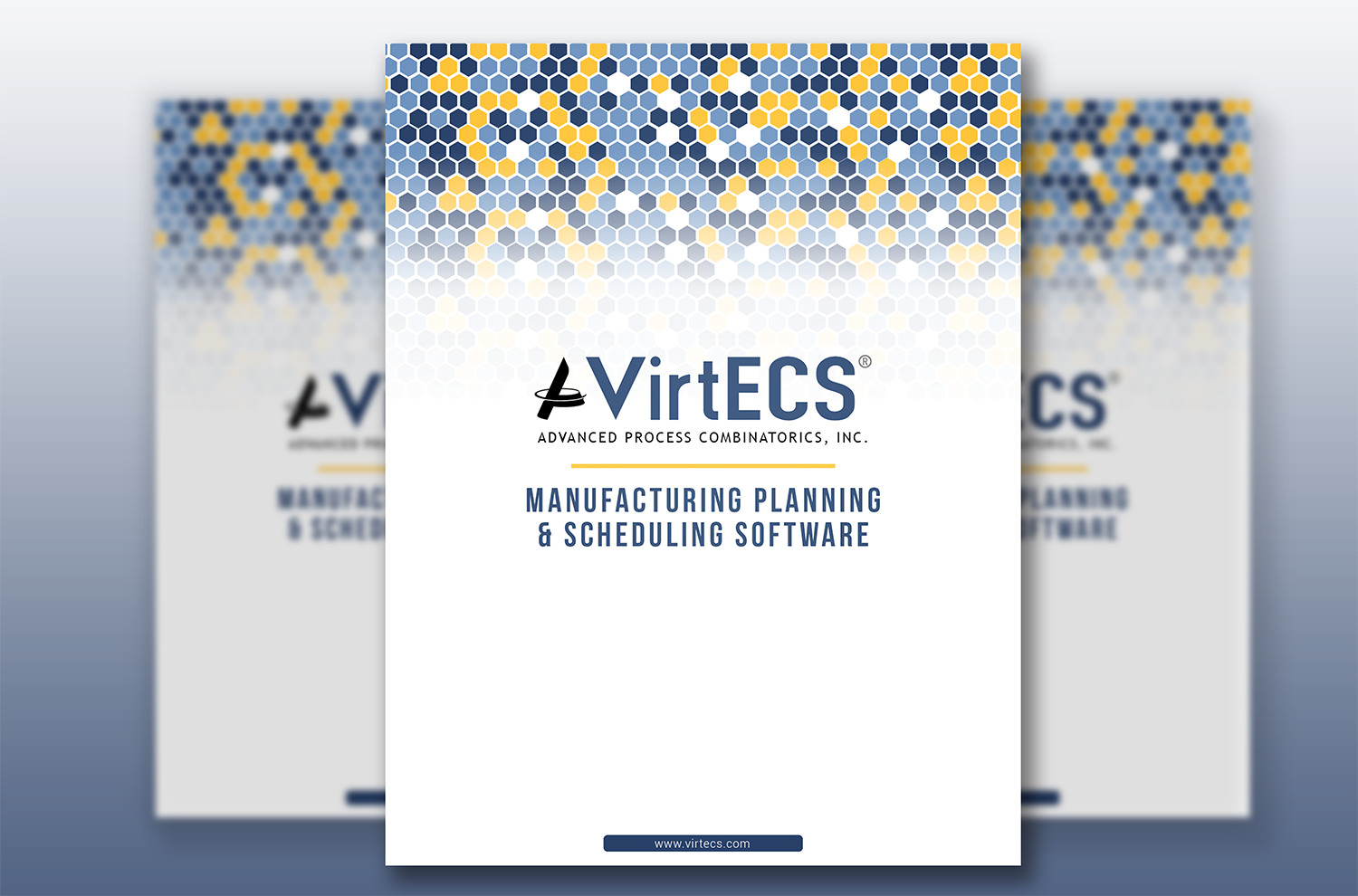Raw material costs are generally some of the largest expenses any organization incurs. It may seem like your plant has no control over the cost, and you’re simply at the mercy of your suppliers. After all, you certainly don’t want to sacrifice on quality for the sake of new, cheap materials that your customers won’t recognize.
However, manufacturers still have the ability to take back control of their raw materials. Over the years, we’ve uncovered a number of effective strategies for reducing supply costs that any manufacturer will be able to implement.
Negotiate with Suppliers
If you’re like most manufacturers, you may have a specific set of suppliers you work with on a regular basis to source the raw materials your plant needs. Over time, these partners have likely learned the ins and outs of your business, but prices and other terms may have remained stagnant since you first started working together. In many instances, though, there is room to reassess those agreements. Your supplier depends on your organization as a valuable customer, so they will likely be inclined to meet your requests (within reason). Requesting small changes, such as better financing terms, discounted shipping, or other perks can significantly lower your total costs over time.
In the event that your suppliers refuse to provide any additional benefits, it may be worth shopping around for alternative options. There’s no harm in looking, and a simple search may turn up a partner that can provide a better deal, faster shipping times, or other favorable improvements. Just be sure to do your research on the quality of their materials to ensure there will not be a noticeable difference that shows up in your products.
In any new supplier relationship, be sure to ask upfront if they can add in any discounts in return for a long-term agreement. Companies trying to earn your business are often very willing to provide extras that can create substantial savings for your business in the long run. You might also take this opportunity at the beginning of a partnership to create a plan to review the terms of your deal regularly so that that your agreement doesn’t become unfavorable down the road.
Buy in Bulk
If you have the space available at your facility and the cash to make larger purchases, buying raw materials in bulk can be a simple way to reduce expenses. Typically, the more materials you buy at once, the less each individual unit will cost. To take full advantage of these savings, consider whether there are specific times of year, such as an off-season or slower economic climate, when material costs will be lower. Purchasing a larger amount during these times can result in major savings on the products you know you will need in the future.
However, it’s important to note that you should only use this strategy for materials you know you will use during production well into the future. If it’s possible the material will be phased out or will sit around without being used, do not purchase bulk quantities of it. Buying larger quantities at once is only a good idea if you’re sure none of the supplies will go to waste.
Minimize Waste
Often times, manufacturers design their internal processes without considering the standardized formats that most vendors use. If your plant’s systems don’t align with the vendors who supply the materials you need, it can create a high degree of waste. To overcome this issue, consider whether you can modify your process to avoid scrapping any excess material. Using all of your raw supplies and minimizing related waste can start to reduce the $8 trillion of waste produced by manufacturers each year, according to Forbes.
If it’s not possible to change your internal procedures to account for the differences, you might be able to recycle the leftover material into a form you can still use in your existing process. Another approach would be adjusting designs to use less of the raw materials overall. The less total product you have to order, the more money your organization can save for other more beneficial uses.
Adjusting your production processes doesn’t have to be such a complicated and intimidating task. By using software that creates a virtual plant model, you can test out changes before you formally implement them. This strategy can help ensure you’re making the most beneficial modifications and relive some of the risks involved. VirtECS, our planning and scheduling optimization tool, has been used by many of the world’s leading manufacturers to provide solutions for their complex processes. If you’re interested in finding out how VirtECS can help optimize the processes at your plant, download our overview guide here.












